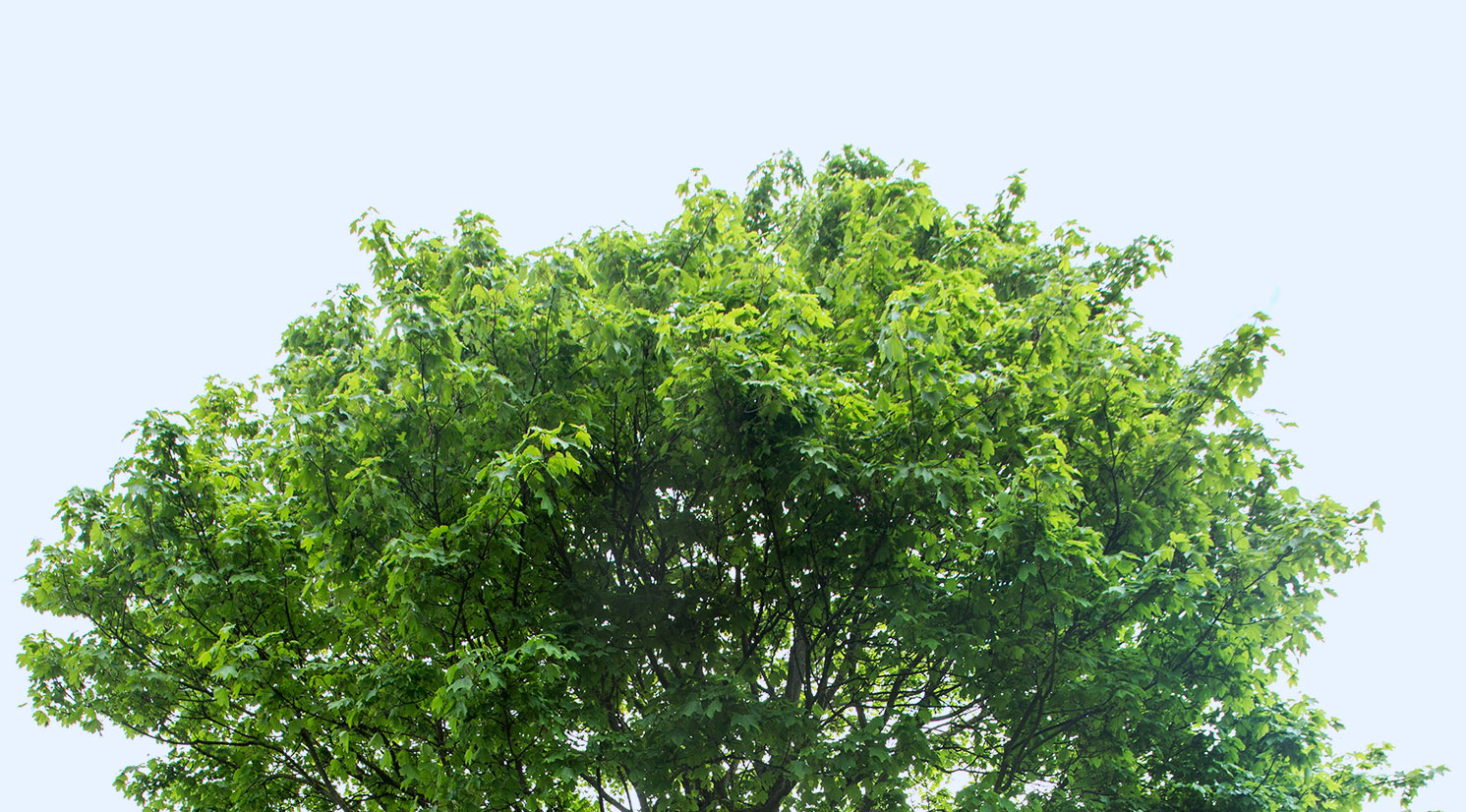Connecting the history of The Dawes Arboretum to the science and conservation that our founders Beman and Bertie Dawes started has always been key to our mission. The first systematic planting done at the Arboretum was in 1917 and consisted of the moving of roughly 50 large Sugar Maples from the woods to the grove in front of the Daweswood House. Bertie wrote in her journal in 1929 about these plantings, “Mr. Jordan, our first farmer, planted the first sugar maples amongst the big trees, getting them from our own woods. B.G. (Beman) for years would go through the woods marking those he wished transplanted.”
These great sugar maples eventually lead to The Dawes Arboretum’s Maple Syrup Madness which had been a tradition since 1966. This allowed visitors to be invited to the Log Cabin to watch the process of sap turn into syrup. The idea behind producing maple syrup likely came from the first tree plantings on Arboretum grounds done by Beman. Due to this, a sugarhouse in 1926 was initially built close to these woods to boil the sap.
The Daweswood Farm maple syrup was given away to friends, family, business partners and local connections, including the Newark Chief of Police. The sugarhouse was torn down in the late 1940s, temporarily ending Daweswood Farm maple syrup. Maple syrup production was reintroduced in 1966 when it was recreated as a public event called Maple Syrup Days. With the original sugarhouse gone, the location was transferred to the Log Cabin.
To make the syrup process more productive, the Log Cabin was converted into a sugarhouse in 1994. A new evaporator was purchased along with a new roof and steam vents. Unfortunately, production is no longer operating today but the Log Cabin is still very much present and located in the deep woods, and visitors can still enjoy learning about maple syrup during our annual Maple Syrup Days!
Since the first planting of the maples in 1917, we now are home to a Nationally Accredited collection of maples (Acer). We also provide an inventory of our maples to the PCN Acer Group.The Arboretum will often assist in compiling data for the combined list of all 13 gardens involved. Currently, the grounds house 65 different species of maples or 942 individual trees. Our present project entails trialing southern subspecies of sugar maples to see if they will adapt better to climate change in our region of Newark, Ohio. Our native sugar maples are proving to have trouble with fluctuating temperatures within the winter and spring seasons.
Conservation of this collection is an important continuous task to allow for healthy growth. At this time, we have 278 items from wild origin that aid in the thriving of said ecosystem. An example would be the large collection of East Asian maples that have been added to the collection.
Below is a map of the localities of our wild-origin additions:
Many maples that can be found on grounds are observed by our Arboretum Explorer: https://dawesarb.arboretumexplorer.org/default.aspx. This will list their location, appearance, common name and perhaps a photo of the said maple.

